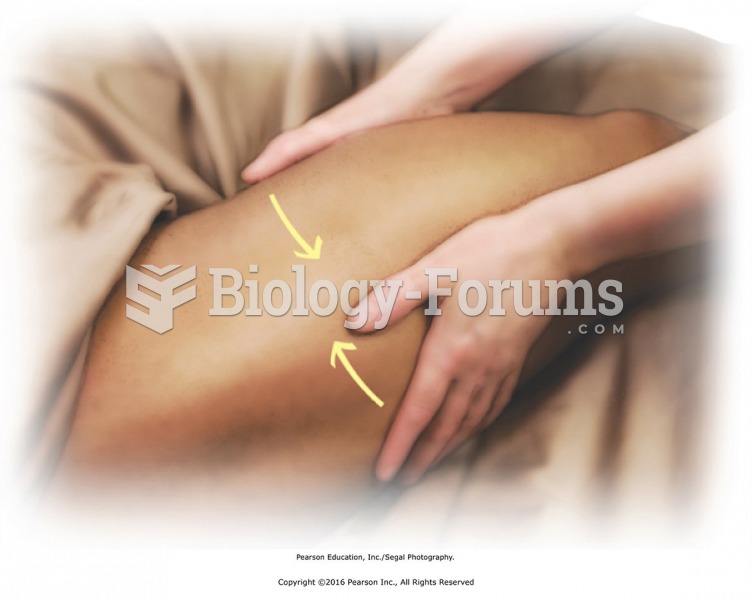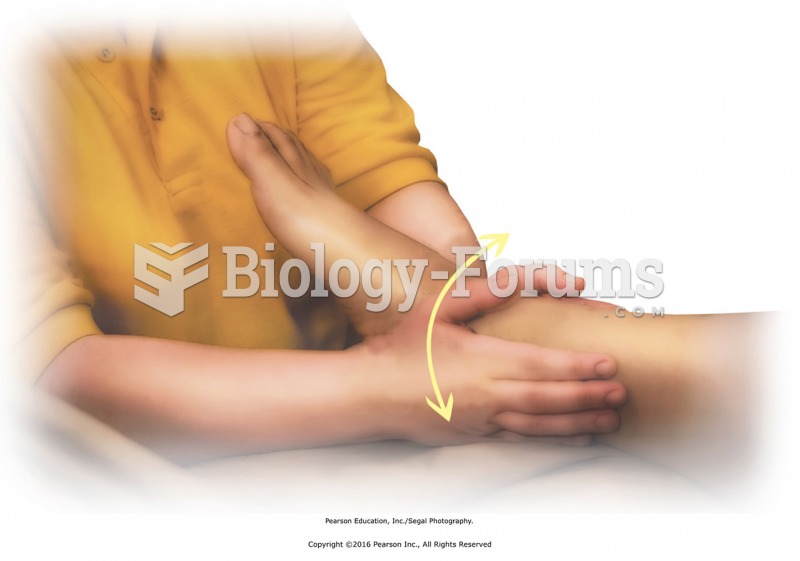|
|
|
Did you know?
Calcitonin is a naturally occurring hormone. In women who are at least 5 years beyond menopause, it slows bone loss and increases spinal bone density.
Did you know?
The Centers for Disease Control and Prevention (CDC) was originally known as the Communicable Disease Center, which was formed to fight malaria. It was originally headquartered in Atlanta, Georgia, since the Southern states faced the worst threat from malaria.
Did you know?
A seasonal flu vaccine is the best way to reduce the chances you will get seasonal influenza and spread it to others.
Did you know?
Asthma cases in Americans are about 75% higher today than they were in 1980.
Did you know?
Medication errors are three times higher among children and infants than with adults.
 Most air filter housings are located on the side of the engine compartment and use flexible rubber ...
Most air filter housings are located on the side of the engine compartment and use flexible rubber ...
 Jostle the thigh, tossing from side to side, hand to hand. Causes loose, free movement in the hip ...
Jostle the thigh, tossing from side to side, hand to hand. Causes loose, free movement in the hip ...





